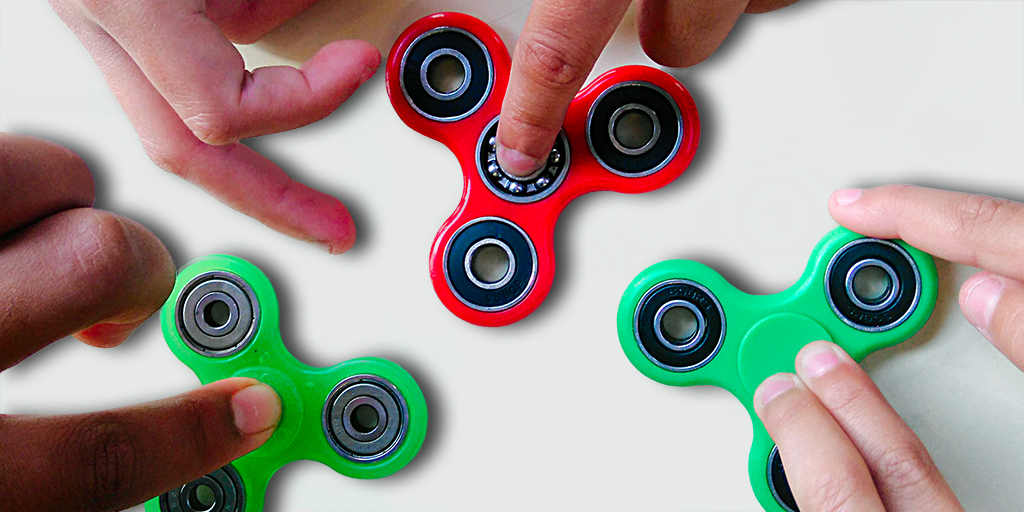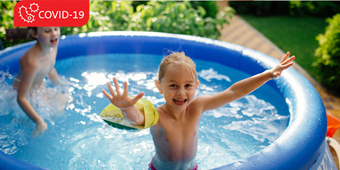Making a Case for Fidget Spinners

Find Your Perfect Match
Answer a few questions and we'll provide you with a list of primary care providers that best fit your needs.
They’ve been around since the 1990s, but sales of fidget spinners to school-age children skyrocketed this spring into the millions. The paddle-shaped blades that spin when you press the core come in multiple colors, designs and prices.
As CNN reported on this newest toy fad, Premier Health Now talked with clinical therapist Melissa Jones, MRC, LPCC-SC, LICDC-CS, director of Samaritan Behavioral Health Inc. – Integrated Care Solutions in Dayton, Ohio.
Jones was just ahead of the craze when she bought two fidget spinners for her sons at a Centerville toy store in mid-April. At ages 7 and 12, the boys take their fidget spinners when they hang out with friends, and her 7-year-old is allowed to use his while on the school bus or during free periods at school.
“Children attach to these trends, and want one of their own,” Jones observes. “It’s portable, appeals to both boys and girls, and is fairly inexpensive.”
She sees the fad as a marker of kids gradually seeking their own independence from their family as they trade, share or do tricks with their friends. “Parents don’t necessarily understand the draw to the fidget spinner, but for children, the vibration between the fingers has a calming sense,” Jones says. That’s where dialogue about fidget spinners as therapy tool begins.
A U.S. News & World Report story talked about applications for children with attention deficit hyperactivity disorder (ADHD).
As a focusing tool, especially for those with ADHD or autism spectrum disorders, Jones says, “There’s no current research, but lots of opinions about their utility. In a therapy setting, it’s a way to keep a child’s hands busy to free the mind to discuss important issues like anxiety, trauma or stress.” Psychotherapists have used play dough, paints and drawing for decades in the clinical setting. This is simply another tool that can allow for dialogue with children, as the mind can focus more clearly on conversation.
Melissa shared, “My younger son’s school is open to different learning styles and the need for children to have movement throughout their day. This tool is a form of self-stimulation that helps meet the need for movement. Within the classroom, if guidelines for use of sensory tools are put in place by the teacher and the children, there can be a very positive outcome within the learning environment.”
Find Your Perfect Match
Answer a few questions and we'll provide you with a list of primary care providers that best fit your needs.
Source: Melissa R. Jones MRC, LPCC-SC, LICDC-CS, Director, Samaritan Behavioral Health Inc. – Integrated Care Solutions; CNN; U.S. News & World Report





